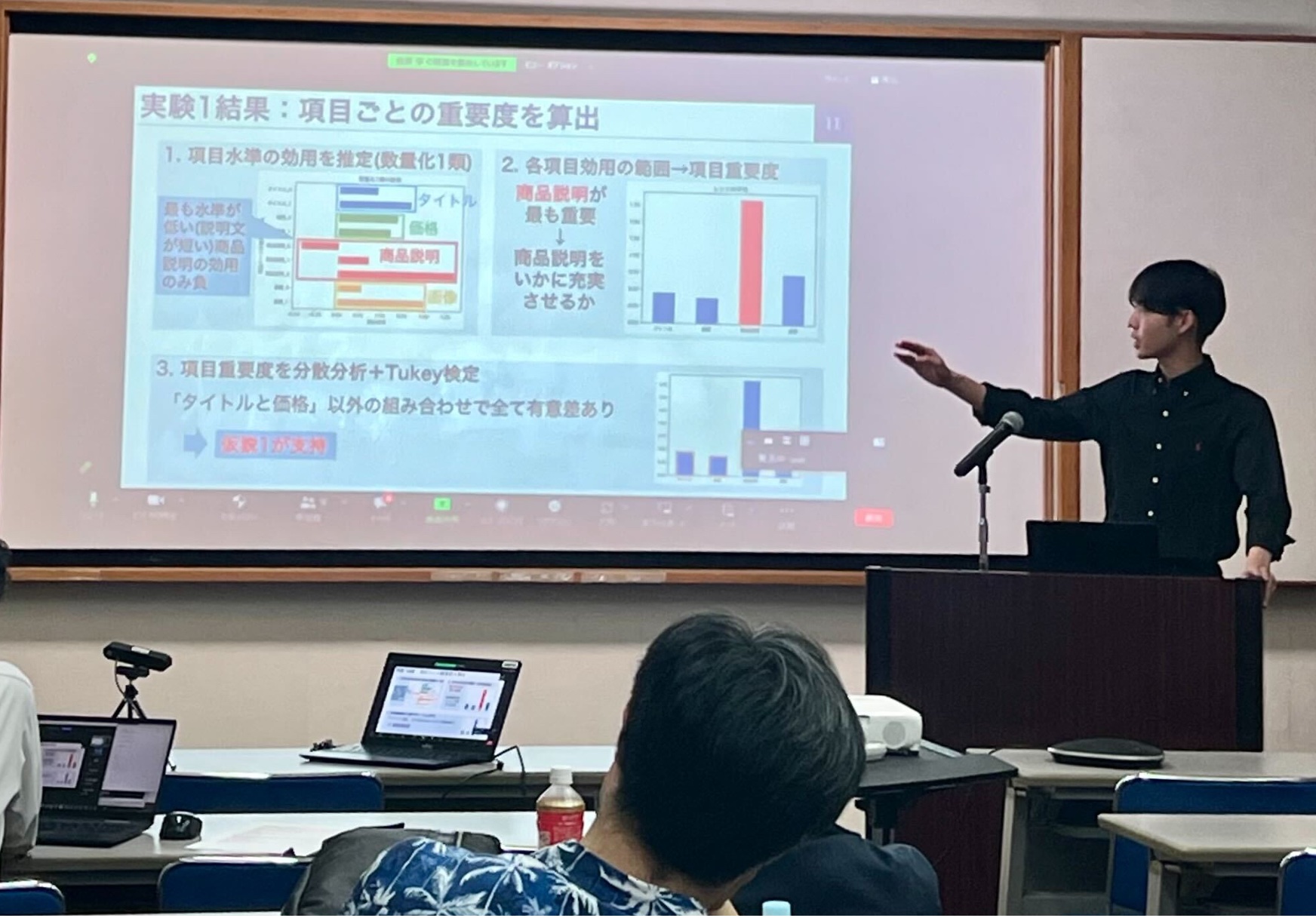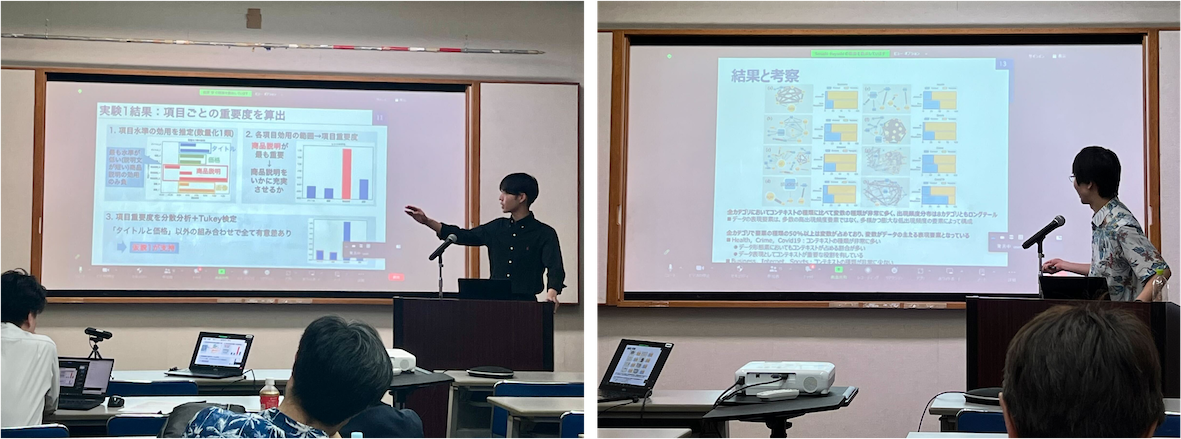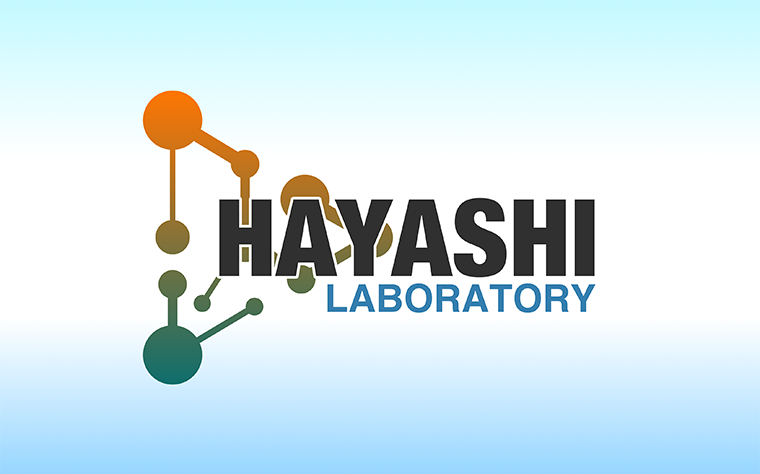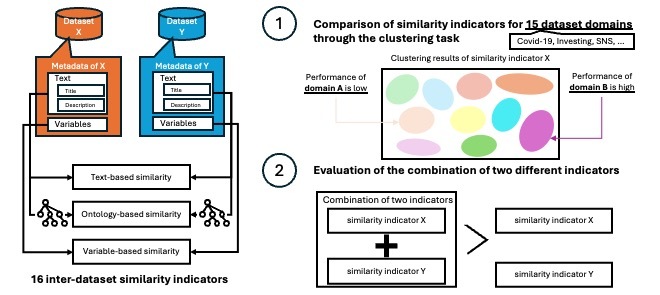B4 student Sashihara and Lecturer Hayashi presented their research at SIG-BI 2024.
2024-03-11
- news
- research

B4 student Sashihara and Lecturer Hayashi presented their research at SIG Business Intelligence society of JSAI (SIG-BI 2024) held at Ishigaki Island on March 9-11, 2024.
Title: Analysis of the Information Digestion Process of Buyers in C2C Markets Using Eye Tracking
Authors: Jun Sashihara, Teruaki Hayashi
Abstract: Although the size of consumer-to-consumer (C2C) markets has expanded in recent years, trust building has become a crucial issue in market services. Especially in online C2C shopping, where face-to-face interactions are impossible, efficient communication through product pages plays a key role. In this study, we analyze the items that buyers consider important when understanding the information on product pages through the evaluation of fictitious product pages. Furthermore, by conducting eye tracking simultaneously, we organize the methods of information processing by consumers.
Title: Experimental Discussion on Extracting Data Morphemes Based on Contexts and Variables from Heterogeneous Metadata
Authors: Teruaki Hayashi, Yukihisa Fujita, Masahiro Kuwahara
Abstract: In recent years, value creation through data exchange and distribution among different organizations has been attracting attention as a new source of innovation. However, the design and acquisition of data is highly specialized. Therefore, data exchange between others with different background knowledge involves risks such as the application of incorrect data analysis methods and inconsistencies during data integration. In this study, we believe that sharing not only the actual data but also the intrinsic meaning of the data is effective in addressing these issues. In this paper, we define “data morphemes” as the basic structure of data, and obtain the semantic units of data as the contexts and variables, and their relationships from textual information contained in metadata. We then discuss the results of our attempt to extract data morphemes using association analysis with network approach.



